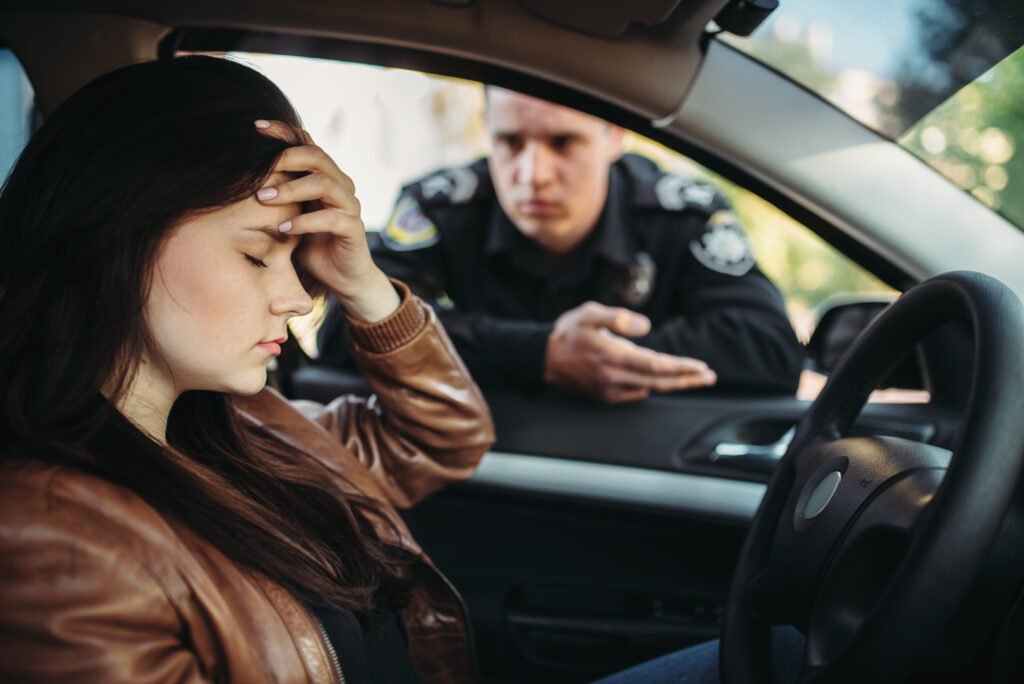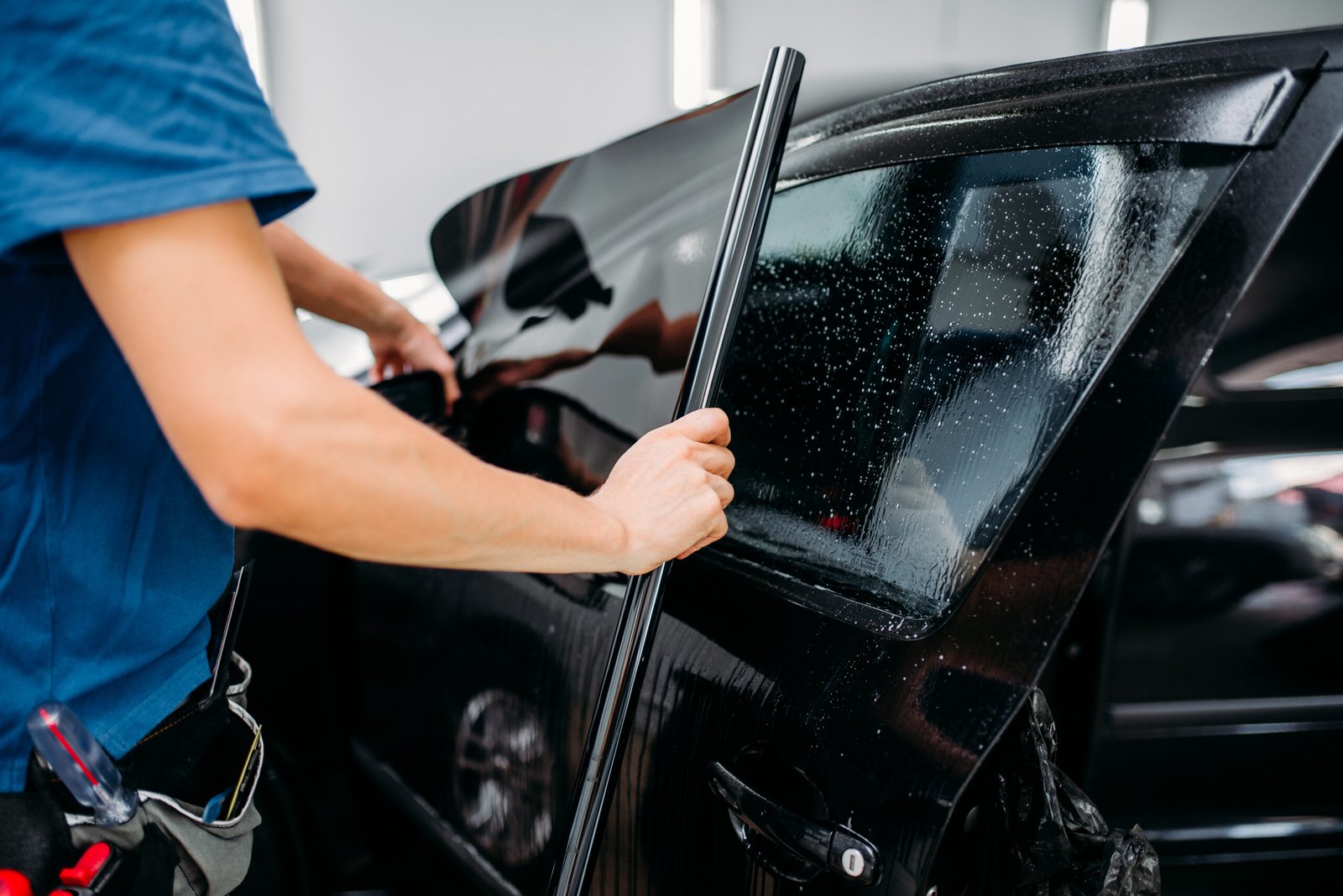Las Vegas tint laws affect every driver who wants cooler interiors, more privacy, or better protection from Nevada’s desert sun. Window tinting offers real benefits, but not every shade or film is legal.
In Nevada, tint law sets limits on how much visible light transmission (VLT) is required for each car window. Small mistakes in film choice or placement can make a vehicle illegal on the road.
By learning the current rules, you can ensure your window tint complies with Nevada regulations. Whether you own a sedan, SUV, or truck, following the law helps you avoid fines and tickets while staying safe.
Understanding Window Tinting Basics
Window tinting uses thin film applied to a vehicle’s glass. The film reduces glare, blocks heat, and increases privacy. Many drivers also choose tinting for style, since darker windows can give a sleek and modern look.
The effectiveness of tint is measured by visible light transmission, or VLT. This percentage shows how much light passes through the window. A lower VLT means darker tint and less light.
In Nevada, window tint rules focus on VLT percentages for different windows. For example, windshield tint may only cover certain areas, while front side windows must allow more light. Knowing these basics makes it easier to understand how Nevada’s window tint laws apply to your car.
Las Vegas Tint Laws: What Nevada Law Allows
Tint laws Las Vegas drivers follow come directly from Nevada’s window tint rules. These laws set limits on how much visible light transmission (VLT) each window must allow. The goal is to balance driver comfort with safety on the road.
For windshields, only non-reflective tint is allowed above the manufacturer’s AS-1 line. If no line is marked, tint may only extend a few inches below the top. The tint must not obstruct the driver’s view.
Front side windows must allow at least 35 percent of light through. This means darker tint is not legal on those windows. Back side windows and rear windows may be tinted more heavily, but they must still meet Nevada window tint law standards.
Reflective or mirrored tints are not permitted. Red and amber films are also illegal. Nevada’s window tinting laws apply to all vehicles, including SUVs, sedans, and trucks.
Medical exemptions exist, but drivers must carry proof to show law enforcement. By following these state window tinting laws, Las Vegas drivers keep their vehicles legal and avoid fines.
When Tinting Becomes Illegal in Nevada
Window tinting becomes illegal in Nevada when it blocks too much visible light or uses restricted colors and finishes. The law is clear that front side windows must allow at least 35 percent of light transmission. If the tint is darker, the vehicle does not comply with Nevada’s window tint law.
Windshield tint is also restricted. Non-reflective tint may be applied only above the manufacturer’s AS-1 line or a few inches from the top. Anything that exceeds this area or obstructs the driver’s view makes the tint illegal.
Tint colors also matter. Red and amber films are banned across Nevada, including in Las Vegas and North Las Vegas. Highly reflective or mirrored tint is also prohibited because it can cause glare and safety hazards.
Violating Nevada’s window tinting laws can result in tickets, fines, or being ordered to remove the illegal tint. Ignoring these penalties can create larger legal issues, including inspection failures.

Why Las Vegas Drivers Face Strict Enforcement
Las Vegas drivers often face strict enforcement of window tint laws. The city has heavy traffic, frequent police patrols, and a large number of visitors. Law enforcement pays close attention to tinted windows because violations can affect safety.
Dark or illegal tint makes it harder for officers to see inside a vehicle. This creates concerns during traffic stops, so police often issue tickets when tint does not comply with Nevada’s window tint law.
Another issue is visibility. In Las Vegas, many drivers want darker tint to block the desert sun. However, tint that is too dark reduces visibility at night or in bad weather. This can increase the risk of car accidents in Las Vegas and throughout Clark County.
Because of these risks, officers in Las Vegas and North Las Vegas regularly check tinted windows. Drivers should make sure their tint complies with Nevada law to avoid tickets, fines, or larger legal issues.
Common Misconceptions About Las Vegas Tint Laws
Many drivers believe myths about window tinting in Nevada, and these mistakes often lead to tickets. One common misconception is that out-of-state vehicles do not need to follow Nevada’s window tint law. In reality, all vehicles operating in Nevada must comply with state window tinting laws, even if they are registered elsewhere.
Another myth is that back side windows and the rear window may be tinted as dark as possible. While these windows allow for darker tint, they must still comply with Nevada’s window tint rules. Tint that obstructs the driver’s view or uses illegal colors remains prohibited.
Some drivers also think a doctor’s note guarantees a medical exemption from all tint laws. Nevada does allow exemptions, but they are limited and require proper documentation. Law enforcement may still question tint that looks darker than the legal window tint in Nevada.
Understanding these misconceptions helps drivers make sure their vehicle’s window tint complies with Nevada regulations.
How to Stay Compliant and Protect Your Rights
The best way to avoid tickets is to make sure your vehicle’s window tint complies with Nevada law. Start by using certified tinting services that can verify the film they sell. Quality installers in Las Vegas will certify the percentage of light transmission so you know your tint meets legal standards.
For front side windows, ensure visible light transmission is at least 35 percent. On the windshield, tint must be non-reflective and limited to the manufacturer’s AS-1 line or just a few inches below the top. Rear windows and back side windows may be tinted darker, but the film cannot exceed Nevada’s window tint rules or use red and amber colors.
If you receive a ticket for window tint in Nevada, you should act quickly. Many violations require inspection or removal of the tint to prove compliance. Drivers who ignore these citations risk higher fines or legal issues. In some cases, a car accident attorney may even review whether illegal tint contributed to a crash.
By learning about window tint laws in Nevada and using certified services, drivers in Las Vegas can enjoy the benefits of tinting without risking penalties.
Las Vegas Tint Laws and Why They Matter for Drivers
Las Vegas tint laws matter for every driver who wants tinted windows. Nevada’s window tint rules set clear limits on visible light transmission for windshields, side windows, and rear windows. Following these laws ensures your car’s window tint is completely legal and protects you from fines or tickets.
Drivers should remember that windshield tint must stay above the manufacturer’s AS-1 line and front side windows must allow at least 35 percent of light through. Back side windows and rear windows may be tinted darker, but they still must comply with Nevada’s window tinting laws.
By choosing a trusted tinting company and verifying that the film they sell complies with Nevada window tint standards, you protect your rights and your investment. For drivers unsure about current laws or facing tickets, legal assistance is available. Contact us today to learn about window tinting laws in Nevada and how to make sure your vehicle stays compliant.






